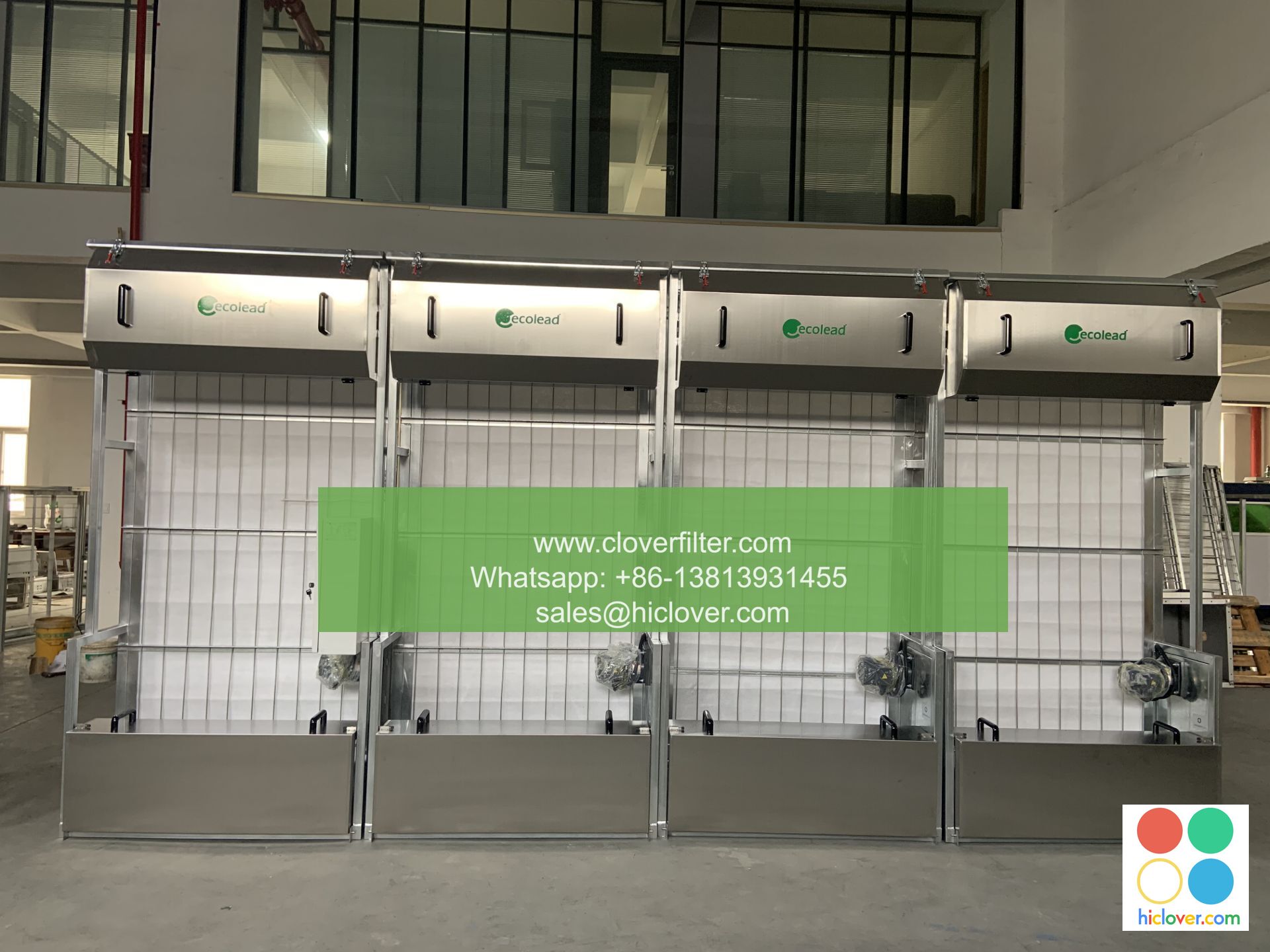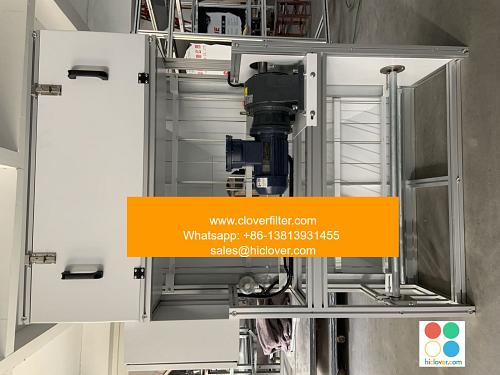Residential Air Filter Ecosystems: A Guide to Improving Indoor Air Quality

As the world becomes increasingly aware of the importance of indoor air quality (IAQ) and its impact on respiratory health and wellness, the demand for effective residential air filter systems has skyrocketed. A well-designed air filter ecosystem can help remove pollutants, allergens, and microbials from the air, promoting a healthier indoor environment. In this article, we will delve into the world of residential air filter ecosystems, exploring the various application areas, filtration technologies, and best practices for improving indoor air quality.
Understanding Residential Air Filter Ecosystems
A residential air filter ecosystem refers to the comprehensive system of air filtration, ventilation, and purification that works together to maintain optimal indoor air quality. This ecosystem consists of various components, including air filters, heat recovery ventilation (HRV) systems, and air purification technologies. By integrating these components, homeowners can create a holistic approach to indoor air quality management, addressing multiple pollutant sources and exposure pathways.
Key Application Areas for Residential Air Filter Ecosystems
Residential air filter ecosystems can be applied in various settings, including:
* Single-family homes: Where indoor air quality is crucial for maintaining a healthy living environment.
* Multi-unit dwellings: Such as apartments and condominiums, where shared ventilation systems can spread pollutants.
* Senior living facilities: Where residents may be more susceptible to indoor air quality related health issues.
* Schools and educational institutions: Where indoor air quality can impact student health and productivity.
Filtration Technologies for Residential Air Filter Ecosystems
Various filtration technologies are available for residential air filter ecosystems, including:
* HEPA (High Efficiency Particulate Air) filters: Capable of removing 99.97% of particles as small as 0.3 microns.
* Activated carbon filters: Effective against gases, odors, and volatile organic compounds (VOCs).
* UV (Ultraviolet) light disinfection: Which can inactivate microbials and reduce bacterial growth.
Best Practices for Implementing Residential Air Filter Ecosystems
To ensure the effectiveness of a residential air filter ecosystem, follow these best practices:
* Regular maintenance: Including filter replacements and system cleaning.
* Proper system sizing: To ensure adequate airflow and filtration capacity.
* Integration with existing HVAC systems: To maximize energy efficiency and system performance.
* Monitoring indoor air quality: Using air quality sensors and monitoring systems to track pollutant levels and system performance.
Conclusion
Residential air filter ecosystems offer a comprehensive solution for improving indoor air quality, addressing multiple pollutant sources and exposure pathways. By understanding the various application areas, filtration technologies, and best practices, homeowners and builders can create a healthier indoor environment, promoting wellness and respiratory health. As the demand for effective indoor air quality solutions continues to grow, the importance of residential air filter ecosystems will only continue to increase, making them a crucial component of any healthy building strategy. You haven’t provided a question or topic for discussion. Please provide more context or information so I can assist you better. What would you like to talk about?

